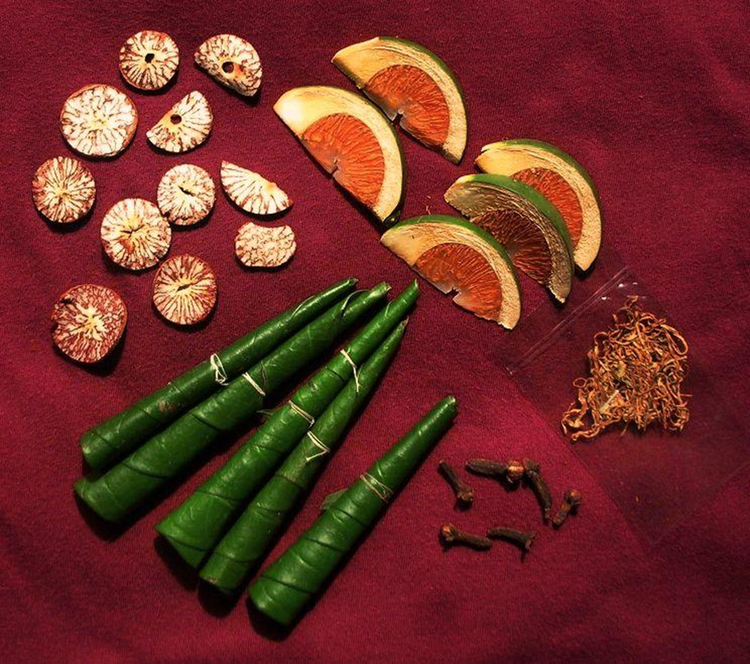For smooth Ad free experience
For smooth Ad free experience
Paan- not just a leaf, but the habit of an entire nation. Paan- not just a leaf, but the culture of India that has traveled across books, and scriptures. Paan- not just an after-meal, but a meal in itself! A meal that witnessed history and has been written about, over and over again! And today, we write about it yet again to trace its history!

History of Paan
When you say the word “Paan,” you never just mean a green-colored heart-shaped leaf with veins.
What you mean is the product “Paan,” served as a mouth freshener, an after-meal, used for breath sweetening practices. Kept in a paandan with compartments that hold all the different ingredients used to make it, is served with betel nut (supari), slated lime (chuna), cutch (katha), other spices, mint, etc.
The Paan gives out the connotation of hospitality, a convention or a habit that is now practiced by an entire nation.
Paan finds its mentions in the ancient texts of Skanda Purana, which date back to the 6th Century. The texts mention that during the Samudra Manthan, the churning of the ocean by Gods and Demons in search of Amrit, Paan, among many other celestial bodies, was also discovered. In the Ayurvedic book of Sushruta- Charaka Samhita, the practice of chewing Paan with tobacco also finds mention. It is said that the Paan is chewed with tobacco, lime, coconut, and other spices. A unique technique is also used to fold Paan by squinching from the bottom. Once the Paan is folded in a triangular shape, it is pinned with a clove; this technique is called gilouri. Paan also finds its mention in Ramayana. It is said that when Hanuman entered Lanka, he was welcomed by Sita with a garland of betel leaves.
Other than ancient texts, Paan is also mentioned by travelers. As it is today, Paan has also been an interesting item associated with India. Marco Polo, in his travelogue, writes, “All the people of this city, as well as of the rest of India, have a custom of perpetually keeping in the mouth a certain leaf called Tembul (paan)… continually chewing it and spitting out the saliva that it excites.”
0
You might be interested in reading more from
